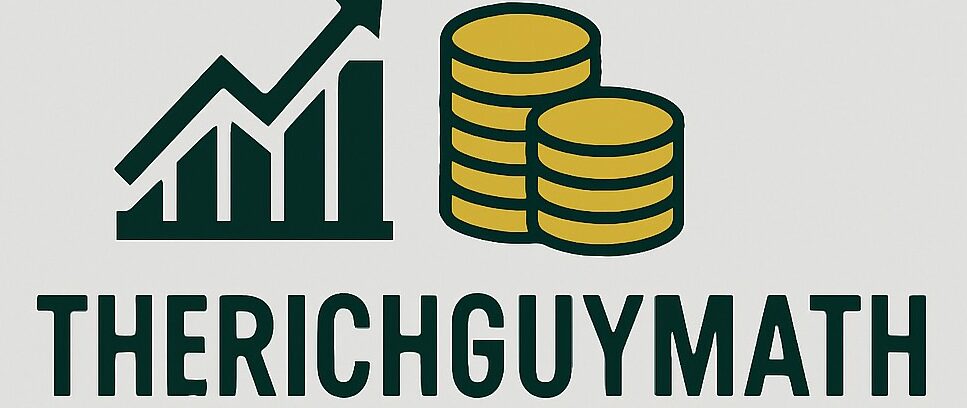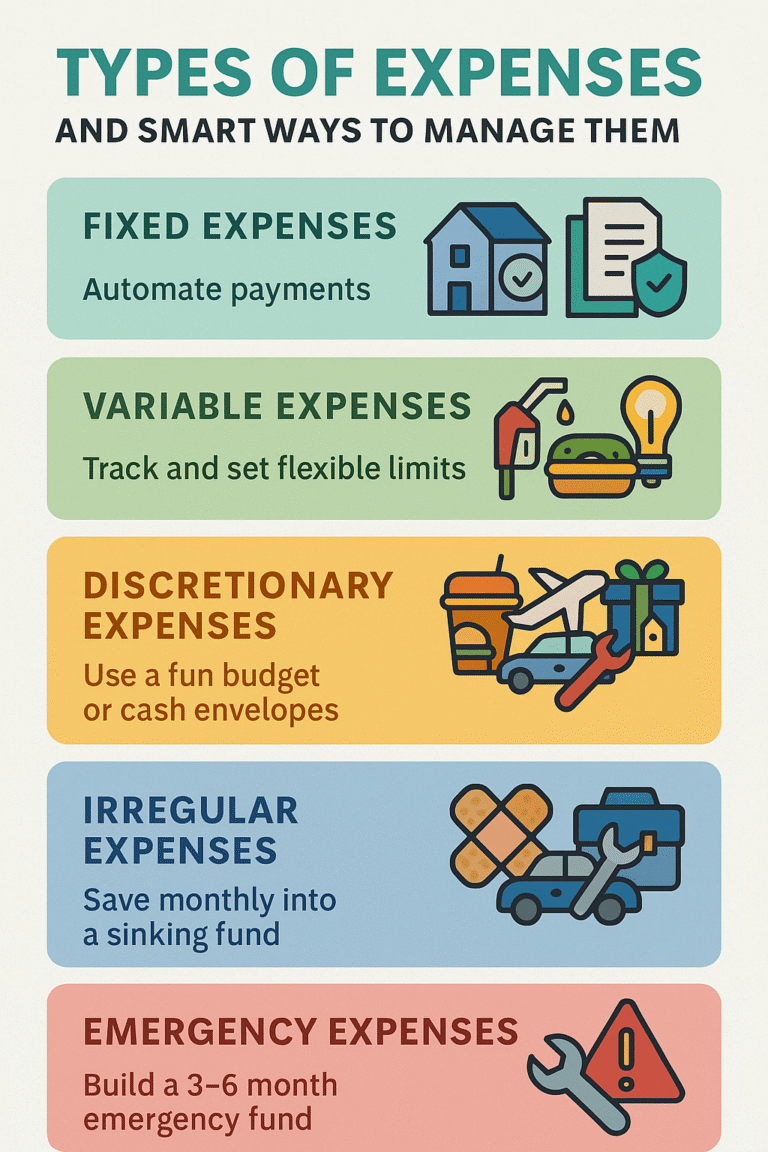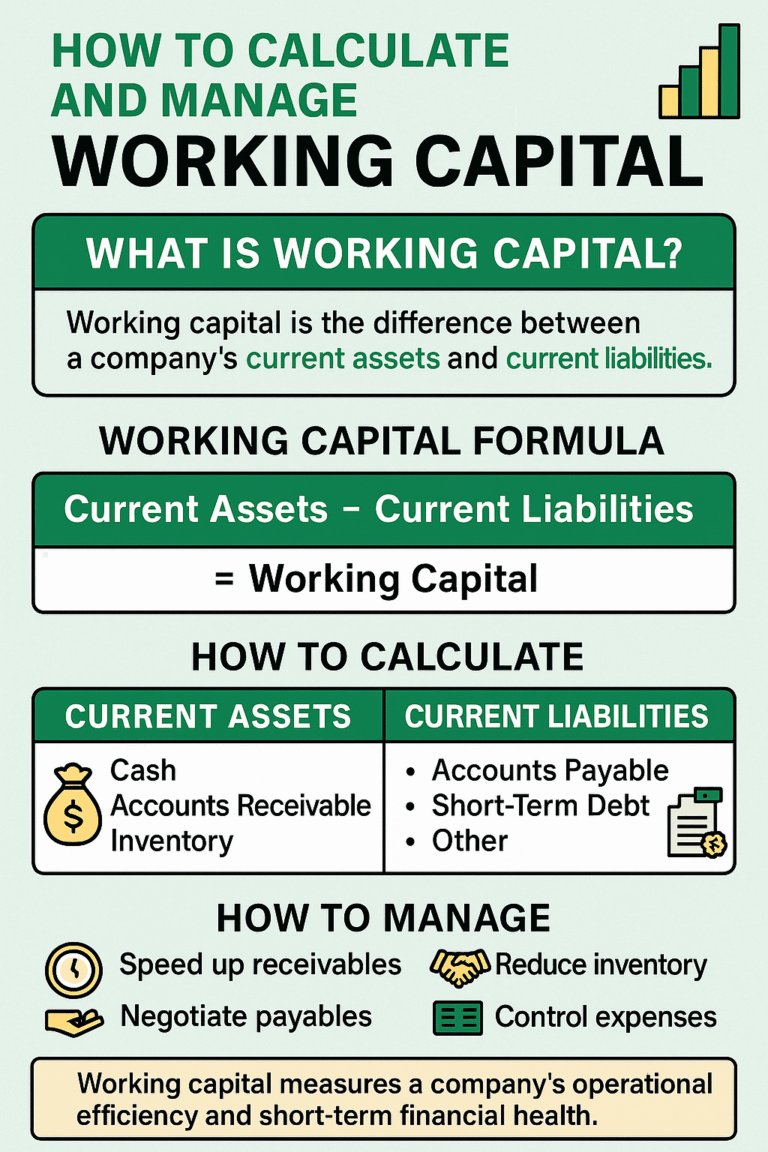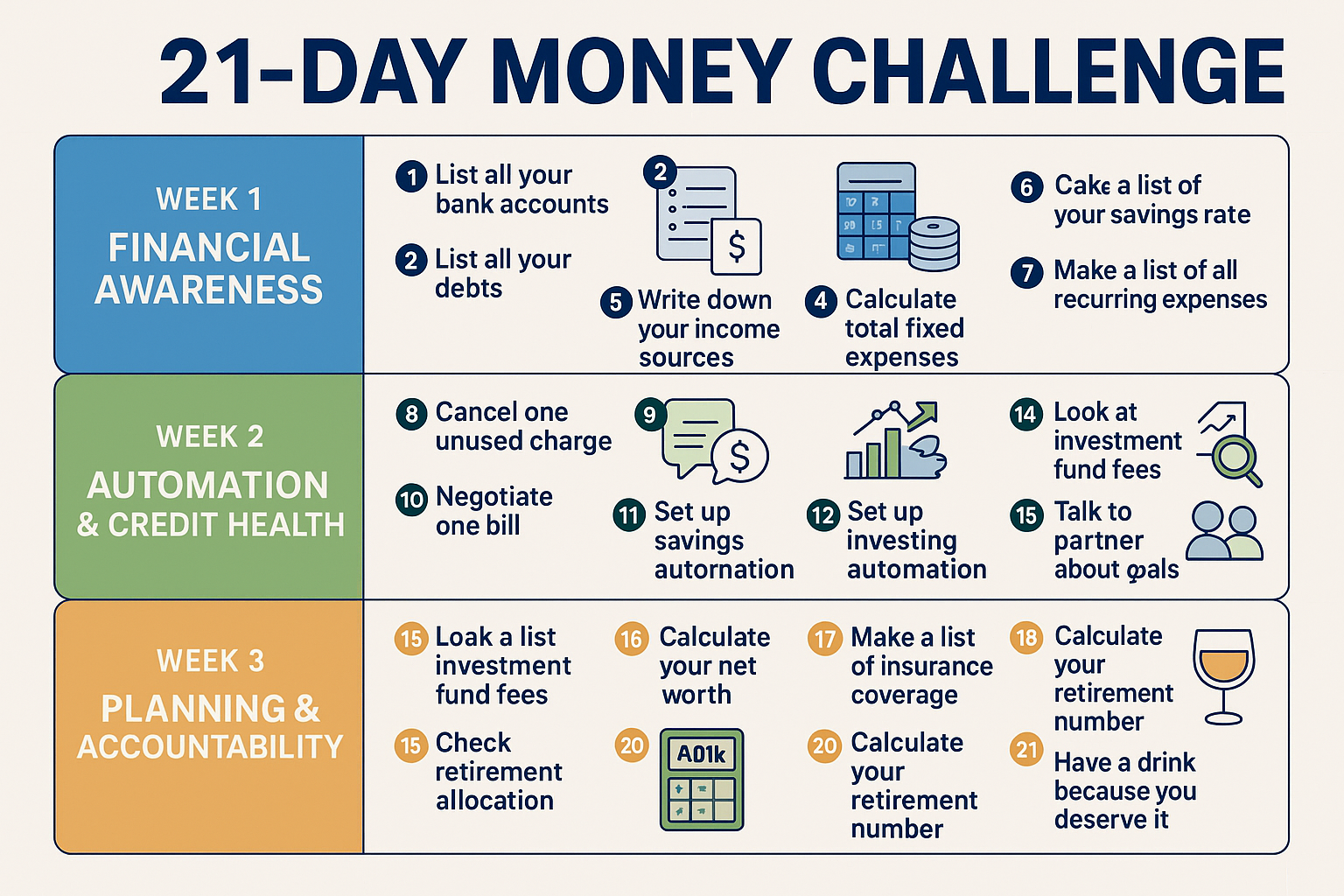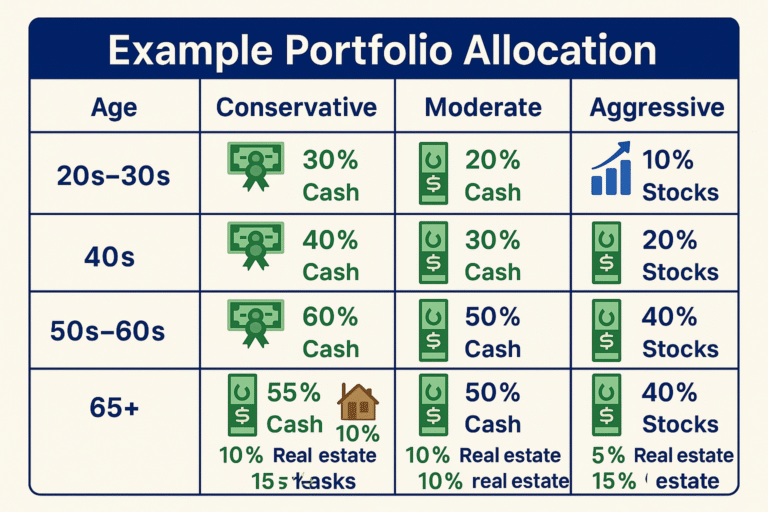Mid-cap growth ETFs are often overlooked — but they offer one of the best sweet spots for investors looking to balance growth potential and moderate risk.
In this post, we’ll break down what a mid cap growth ETF is, why it matters, and share a few of the top-performing funds for 2025 and beyond.
In this post, we’ll explore the best mid cap growth ETFs in 2025 that can deliver strong performance while managing volatility. Whether you’re building a diversified portfolio or targeting growth, these picks are worth your attention.
What Is a Mid Cap Growth ETF?
A mid-cap growth ETF is a fund that invests in medium-sized companies with above-average growth potential. These companies usually have market capitalizations between $2 billion and $10 billion.
They’re bigger and more stable than small caps, but they still have room to grow — which makes them ideal for long-term investors who want solid returns without extreme volatility.
Why Invest in Mid Cap Growth ETFs?
Long-Term Potential: Historically, mid-cap stocks have outperformed both small and large caps during certain market cycles.
Growth with Less Risk: Mid-caps can deliver impressive returns but tend to be less volatile than small-cap stocks.
Diversification: ETFs spread your risk across dozens or hundreds of companies.
Benefits include:
- Strong upside potential
- Lower volatility than small caps
- Exposure to future large-cap leaders
- Diversification across industries
They’re ideal for investors looking to balance growth and stability.
Top 7 Mid Cap Growth ETFs to Buy in 2025
1. VOT – Vanguard Mid Cap Growth ETF
Expense Ratio: 0.07%
Holdings: 180+
Notable Holdings: Synopsys, Cadence Design, Dexcom
Why it stands out:
VOT offers low-cost exposure to high-quality mid-sized growth companies across sectors. Vanguard’s reputation, combined with strong historical returns, makes it a top choice.
Great for long-term investors seeking growth without excessive risk.
2. IWP – iShares Russell Mid Cap Growth ETF
Expense Ratio: 0.23%
Holdings: 400+
Benchmark: Russell MidCap Growth Index
Why it stands out:
IWP is one of the most liquid and diversified mid cap growth ETFs available. It targets companies expected to grow faster than the broader market.
3. MDYG – SPDR S&P 400 Mid Cap Growth ETF
Expense Ratio: 0.15%
Dividend Yield: ~1%
Holdings: 300+
Why it stands out:
Tracks the S&P MidCap 400 Growth Index. Ideal for investors looking for core growth exposure with a blend of tech, industrial, and healthcare companies.
4. IMCG – iShares Morningstar Mid Cap Growth ETF
Expense Ratio: 0.06%
Holdings: 150+
Unique Edge: Based on Morningstar’s equity research criteria
Why it stands out:
Ultra-low-cost ETF that uses Morningstar’s forward-looking analysis to pick strong growth companies. Solid option for passive growth investors.
5. PDP – Invesco DWA Momentum ETF
Expense Ratio: 0.63%
Focus: Relative strength momentum in mid to large caps
Dividend Yield: ~0.5%
Why it stands out:
While not a pure mid cap ETF, PDP uses momentum strategies that often include fast-growing mid caps. Great for trend-following investors.
6. SCHM – Schwab U.S. Mid-Cap ETF
Expense Ratio: 0.04%
Growth Focus: Blend of value and growth
Dividend Yield: ~1.3%
Why it stands out:
SCHM provides a balanced approach, holding a mix of mid-cap growth and value stocks. Ideal for growth-focused investors who want some value cushion.
7. JHMG – John Hancock Multifactor Mid Cap ETF
Expense Ratio: 0.42%
Strategy: Multi-factor (size, value, profitability, momentum)
Why it stands out:
JHMG’s multifactor approach brings data-driven diversification and a slight tilt toward growth. It aims to outperform traditional market cap–weighted indexes.
How to Choose the Right Mid-Cap Growth ETF
Here’s what to consider:
- Expense Ratio: Lower is better for long-term growth.
- Holdings: Look for diversified exposure across industries.
- Past Performance: While not a guarantee, it gives you insight into management quality.
- Dividend Yield: Most growth ETFs reinvest profits — but some may pay small dividends.
📊 Comparison Table: Best Mid Cap Growth ETFs
| ETF | Expense Ratio | Focus Type | Holdings | Strategy Type |
|---|---|---|---|---|
| VOT | 0.07% | Mid Cap Growth | 180+ | Index-based (CRSP) |
| IWP | 0.23% | Mid Cap Growth | 400+ | Russell Index |
| MDYG | 0.15% | Mid Cap Growth | 300+ | S&P Index |
| IMCG | 0.06% | Mid Cap Growth | 150+ | Morningstar Strategy |
| PDP | 0.63% | Momentum Growth | 100+ | Technical Factors |
| SCHM | 0.04% | Mid Cap Blend | 500+ | Fundamental Indexing |
| JHMG | 0.42% | Multifactor Growth | 300+ | Quant Strategy |
🛠️ Tips for Investing in Mid Cap Growth ETF
- Hold long-term: Mid caps often outperform over 5–10 years.
- Combine with large-cap ETFs like VOO or QQQ for core stability.
- Dollar-cost average (DCA) for smoother returns.
- Avoid chasing performance—focus on consistent investing.
How to Invest in Mid Cap ETFs (Even as a Beginner)
- Open a brokerage account (Robinhood, Fidelity, Vanguard)
- Fund it with any amount — even $50 is a great start
- Search by ticker symbol (e.g., VOT or IWP)
- Set recurring buys using dollar cost averaging
👉 Read: Dollar Cost Averaging – A Smart Way to Invest Without Stress
Final Thoughts
Mid cap growth ETFs are ideal for investors seeking above-average returns without venturing into high-risk small caps. With a balance of stability, growth, and diversification, they’re a solid addition to any long-term wealth-building portfolio.
Whether you prefer low-cost index tracking or multifactor strategies, the ETFs listed here are built to help you grow wealth steadily in 2025 and beyond.
Internal Links:
- Best Monthly Dividend ETFs for Passive Income
- How to Build a $1,000/Month Dividend Portfolio
- 7 Best High Dividend Stocks in 2025
External Links:
SPDR MidCap 400 Growth ETF (MDYG)
Vanguard Mid-Cap Growth ETF (VOT)
iShares Russell Mid-Cap Growth ETF (IWP)
About the Author
Max Fonji is the founder of The Rich Guy Math, dedicated to simplifying personal finance and investment strategies for everyday individuals. With years of experience in financial analysis and a passion for educating others, Max provides actionable insights to help readers achieve financial independence.
They carry moderate risk — less than small caps, more than large caps.
Yes! They’re ideal for long-term investors who want steady growth.
Historically 8%–12% annually, depending on the fund and market cycle.
